As a logistics owner, have you ever wondered why your shipping costs sometimes include unexpected charges labeled as “detention fees”? When it comes to cross-border shipping, one of the most common challenges that businesses face is the issue of detention charges.
So, what are detention charges?
Detention fees are charges imposed by carriers when containers are held beyond the allotted free time for unloading and returning them. These fees can quickly grow, affecting your overall shipping costs and efficiency.
Detention Fees vs Demurrage Fees
While many businesses need clarification on detention and demurrage charges, it’s essential to understand the difference between detention and demurrage charges to manage your logistics effectively.
While both fees are related to delays, demurrage charges apply when containers stay too long at the port, whereas detention fees are incurred for holding onto containers after they’ve left the port. In this article, we will explore what detention is and provide practical strategies and tips to help you avoid these costly fees in your cross-border shipments.
After knowing what are detention charges, let’s understand how to calculate these charges, the leading causes of detention charges, and the best practices for avoiding them.
Calculating Detention Charges
Calculating detention charges involves a few key steps to determine the total cost incurred for holding containers beyond the free time. Here’s a step-by-step guide:
1. Understand the Free Time Allowance
- Free Time: This is the period granted by the carrier for you to unload the container and return it without incurring any fees. The free time varies by carrier, contract terms, and destination but typically ranges from a few days to a couple of weeks.
2. Determine the Detention Rate
- Detention Rate: This is the fee charged per day or hour for each container held beyond the free time. The rate can vary based on the type of container (e.g., 20-foot, 40-foot), the carrier, and the shipping route. The detention rate is usually specified in your contract with the carrier.
3. Calculate the Number of Days Exceeded
- Days Exceeded: Calculate the total number of days you have held the container beyond the free time. It is done by subtracting the free time from the total days the container was in your possession.
4. Apply the Detention Rate
- Total Detention Charges: Multiply the number of days exceeded by the detention rate. If you have multiple containers, this calculation needs to be done for each container.
Example Calculation
Assume the following details:
- Free Time: 7 days
- Detention Rate: $50 per day per container
- Total Days in Possession: 10 days
- Number of Containers: 3
Step-by-Step Calculation:
1. Calculate Days Exceeded:
- Days Exceeded=Total Days in Possession−Free Time
- Days Exceeded=10 days−7 days= 3 days
2. Apply the Detention Rate:
- Detention Charges per Container= Days Exceeded×Detention Rate
- Detention Charges per Container= 3 days×$50 per day= $150
3. Calculate Total Detention Charges:
- Total Detention Charges=Detention Charges per Container×Number of Containers
- Total Detention Charges=$150×3=$450
In this example, the total detention charges for holding three containers for an additional three days would be $450.
Leading Causes of Detention Fees in Cross-Border Shipments
Detention fees can be a significant expense for businesses involved in cross-border shipments. Understanding the common causes can help mitigate these costs. Here are some of the leading causes of detention fees:
1. Customs Delays
- Customs Inspections: Extended inspections by customs authorities can delay the release of goods.
- Documentation Errors: Incomplete or incorrect documentation can result in delays while the issues are resolved.
- Compliance Issues: Non-compliance with customs regulations can lead to hold-ups and additional scrutiny.
2. Port Congestion
- High Traffic Volumes: Ports experiencing high volumes of traffic can cause delays in unloading and retrieving containers.
- Limited Resources: Shortages of equipment or labor at the port can slow down operations.
- Weather Conditions: Adverse weather can disrupt port activities, leading to delays.
3. Inefficient Logistics Coordination
- Poor Planning: Lack of coordination between shippers, carriers, and receivers can lead to delays in container pickup and return.
- Miscommunication: Errors or misunderstandings between parties involved in the shipment can result in delays.
- Scheduling Conflicts: Conflicts in scheduling the transportation and unloading of goods can lead to prolonged container usage.
4. Transportation Issues
- Traffic Delays: Road traffic congestion or accidents can delay the transportation of goods to their destination.
- Mechanical Failures: Breakdowns or mechanical issues with vehicles can cause delays.
- Route Restrictions: Restrictions on certain routes, such as road closures or detours, can slow down the delivery process.
5. Regulatory and Compliance Challenges
- Border Controls: Additional checks and controls at international borders can slow down the process.
- Sanitary and Phytosanitary (SPS) Measures: Inspections related to health, safety, and environmental regulations can cause delays.
- Security Protocols: Enhanced security measures, especially for high-risk goods, can lead to extended processing times.
6. Poor Communication Among Supply Chain Stakeholders
- Lack of Coordination: Ineffective communication between shippers, carriers, and receivers can lead to delays and misunderstandings.
- Information Gaps: Missing or correct information can ensure the logistics process is completed on time.
- Responsiveness: Slow response times to queries or issues can exacerbate delays.
7. Unforeseen Circumstances
- Natural Disasters: Events like storms, floods, or earthquakes can disrupt the entire supply chain.
- Political Instability: Unrest or changes in government policies can affect cross-border transportation.
- Strikes and Labor Disputes: Strikes by port workers, customs officials, or transportation employees can halt operations.
By identifying and addressing these common causes of detention fees, businesses can improve their logistics efficiency, reduce delays, and minimize additional costs associated with holding containers beyond their free time.
Don’t let detention fees hold you back!
Book a call with experts at Intoglo for all your cross-border logistics requirements. It will save detention charges, time, and enhance your cross-border shipping efficiency. Start optimizing your logistics today!
Strategies to Minimize Detention Fees
Reducing detention fees is all about proactive planning and efficient coordination. Here are some practical strategies to help you keep those extra costs at bay:
1. Review Past Invoices for Previous Detention Charges
Start by examining your past invoices to identify any previous detention charges. This analysis helps you understand patterns and pinpoint where delays have occurred.
2. Early Scheduling of Drayage or Trucking Services
One of the best ways to minimize detention fees is to schedule your drayage or trucking services as early as possible. Planning ensures that you have the necessary transportation ready when your cargo arrives.
3. Schedule Unloading in Advance
Just as with transportation, scheduling your unloading process in advance is crucial. By coordinating with your unloading team or warehouse ahead of time, you can ensure they’re prepared to handle the cargo as soon as it arrives.
4. Partner with a Tracking Service for Timely Container Returns
Partnering with a tracking service can be a game-changer. These services provide real-time updates and notifications on the status and location of your containers, enabling you to manage and coordinate returns more efficiently. With accurate tracking insights, you can make informed decisions and avoid delays, ensuring containers are returned promptly and detention fees are kept at bay.
5. Prioritize Container Returns with Efficient Logistics Operations
Implement efficient processes to ensure containers are returned as quickly as possible. It might involve optimizing your supply chain, improving coordination among your team, or even investing in better technology. By making container returns a priority, you reduce the chances of incurring detention fees and streamline your overall operations.
6. Partner with Logistics Providers Offering Extended Free Days
A key strategy is to collaborate with logistics partners that have negotiated special terms with shipping lines. For instance, Intoglo offers 10 free days at USA ports, compared to the usual 4 free days available elsewhere. By working with Specialized logistics providers like Intoglo, which offers extended Last Free Days (LFD), shippers can significantly reduce detention charges. This extra time provides greater flexibility in managing shipments, ensuring cargo is picked up within the free period and avoiding costly delays.
Implementing these strategies can significantly minimize detention fees and enhance your logistics efficiency. It’s all about planning, staying organized, and using the right tools to keep things moving smoothly.
Key Tips for Handling Detention Charges Effectively
Detention charges can quickly add up and impact your bottom line. Here are some key tips to handle them effectively:
Negotiating with Service Providers
Negotiation is a crucial step in managing detention charges. Engaging in discussions with your service providers to agree on reasonable detention rates can save you significant costs.
When entering into a contract with a trucking company, negotiate terms that include fair detention rates. Ensure that these rates are clearly outlined in the agreement, and consider negotiating grace periods or reduced rates for specific circumstances.
Ensuring Efficiency in Logistics Planning
Efficiency in logistics planning is essential to minimizing the risk of detention charges. By streamlining your supply chain activities, you can minimize the amount of time containers are idle and save unnecessary expenses. Regularly analyze and improve your logistics procedures to discover and reduce inefficiencies. Continuous improvement in your logistics planning can lead to substantial cost savings over time.
Implement Contingency Plans for Potential Delays and Disruptions
Even with the best planning, unexpected delays and disruptions can occur. Having contingency plans in place can help you handle these situations without incurring high detention fees.
Develop a plan that includes alternative transportation options, additional unloading resources, and flexible storage solutions. This way, if a delay occurs, you have predefined actions to take that can mitigate the impact.
Implementing these tips and focusing on efficient logistics, proactive planning, and strong relationships with service providers can help you effectively manage and reduce detention charges.
Handle Detention fees more effectively with Intoglo!
Discover practical tips and expert advice on managing and reducing detention fees. Experience the difference today.
Understanding the Financial Impact of Detention Fees
Detention fees can have a significant financial impact across the entire supply chain, affecting drivers, shippers, and receivers. Here’s a closer look at how these fees influence various stakeholders.
1. Impact on Drivers
Detention fees can be particularly burdensome for drivers. When a driver’s time is consumed by waiting for loading or unloading, it reduces their productivity and earning potential. This idle time can lead to frustration and decreased job satisfaction, ultimately impacting driver retention rates.
Example: A truck driver waiting for several hours at a warehouse may miss out on other delivery opportunities. It not only affects their earnings but also disrupts their schedule, potentially leading to violations of hours-of-service regulations.
2. Impact on Shippers
For shippers, detention fees increase operational costs. When containers are delayed, it disrupts the entire supply chain, leading to higher expenses and potential penalties.
Example: A manufacturer facing repeated detention charges due to delays at the port may incur additional costs that eat into their profit margins. Over time, these fees can add up, making it challenging to maintain competitive pricing.
3. Impact on Receivers
Receivers also bear the brunt of detention fees through increased costs and delayed shipments. It can affect inventory levels, leading to stockouts or overstock situations and disrupting production schedules.
Example: A retailer waiting for delayed shipments might experience stock shortages, which can result in lost sales and customer dissatisfaction. It can negatively impact the retailer’s reputation and bottom line.
Effective negotiation of detention charges can help mitigate the financial impact on all parties. Some strategies to achieve fair and reasonable rates include:
- Open communication with all parties involved
- Use data from past shipments to support your negotiations
- Establish long-term relationships with service providers
- Adjusting schedules, providing grace periods, or offering alternative solutions to reduce waiting times.
By understanding the financial impact of detention fees and implementing effective strategies for calculating and negotiating these charges, businesses can better manage their logistics costs and maintain smooth operations.
Conclusion
Taking proactive steps to manage your supply chain efficiently not only saves money but also enhances your overall shipping operations. Streamline your logistics and keep your shipping costs under control. Intoglo offers a 10-day free storage period in the USA with their trusted shipping line partners. This allows you to plan your shipment arrival in advance, ensuring a smooth transition and potentially significant cost savings.
Contact Intoglo today to discuss your shipping needs and leverage this valuable benefit.


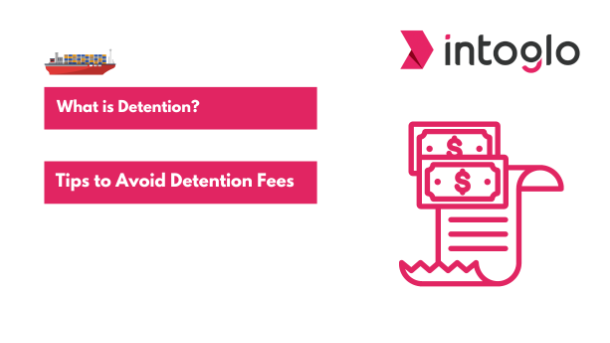
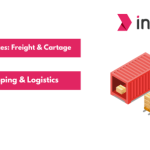

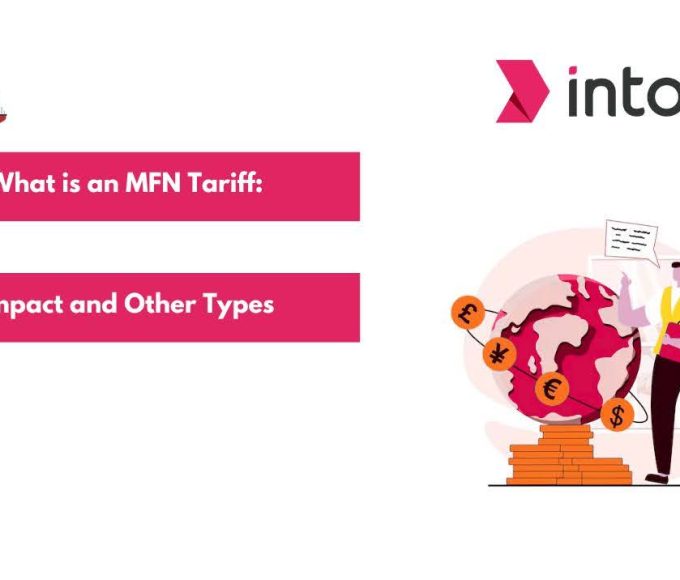
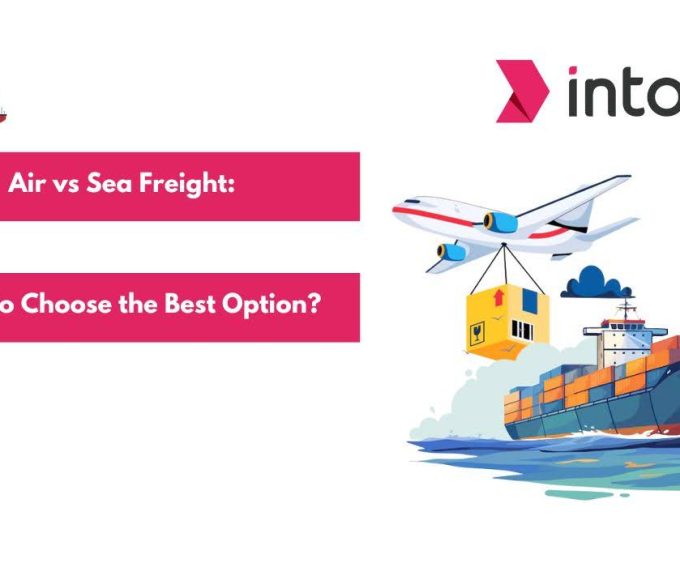
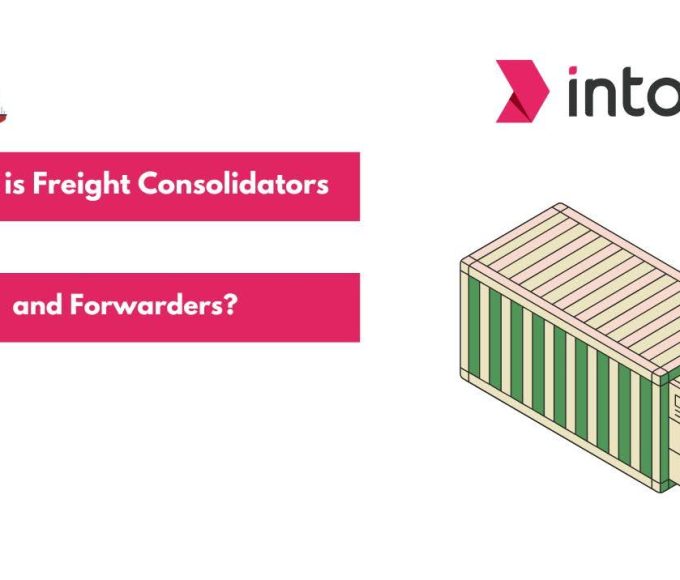
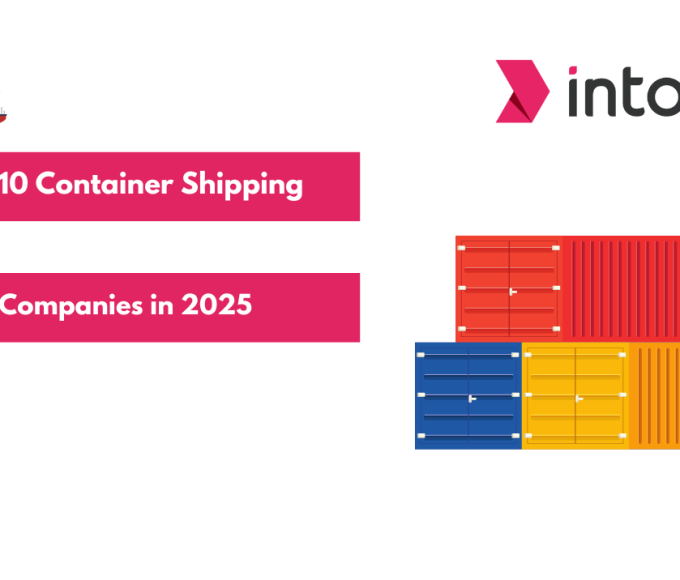
Leave a comment